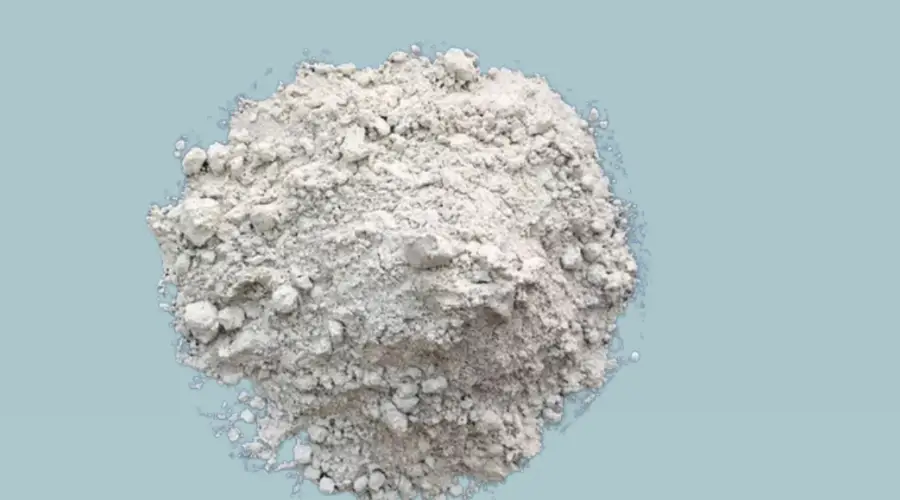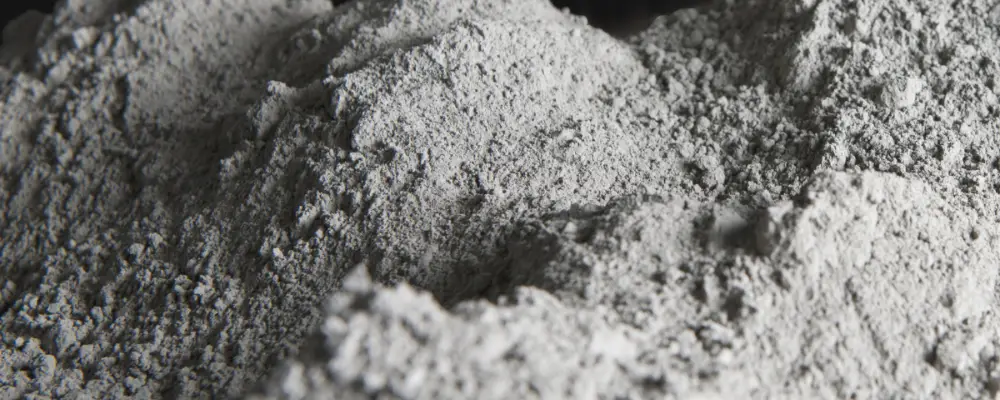In construction, cement plays a major role in binding the bricks together and giving a smooth surface finish to the buildings and structures. There are several cement types in the industry; however, cement is primarily classified into two types: hydraulic and non-hydraulic cement. Hydraulic cement is most commonly used in construction, and most of you would have a basic idea of it. On the other hand, non-hydraulic cement is believed to be the first invented cement and has a lot of unique properties. This blog provides a detailed overview of non-hydraulic cement and everything you need to know.
What is Non-Hydraulic Cement?
Non-hydraulic cement is a special type of cement that does not require water or other moisture to set (harden). Instead, it uses dry conditions and carbon dioxide to set and cure. Due to the air curing, this cement is also called air-hardening cement. This cement is made of lime, gypsum, magnesium oxide, and silicates and are primarily used for plastering, rendering, drywall, partitioning, artwork, and more.
Types of Non-Hydraulic Cement
Lime Cement

As the name reveals, lime is the primary raw ingredient used to prepare non-hydraulic lime cement. The powdered lime is mixed with silica, alumina, ferric oxide, and magnesia to produce lime cement. It has been used for hundreds of years and is well-known for restoring and conserving historic buildings.
Gypsum Cement
Gypsum cement is a non-hydraulic cement primarily made of gypsum, lime, silica, alumina, and ferric oxide. It is also called the plaster of Paris. Gypsum cement is known for its quick-setting time and fire-resistant properties and is widely used for plastering, rendering, and decorative works in interior and exterior structures.
Magnesium Oxychloride Cement
Magnesium Cement or Magnesium Oxychloride Cement is a non-hydraulic cement primarily made of magnesium oxide, magnesium chloride, silica, alumina, and ferric oxide. It is known for its high strength, water-resistant, and fire-resistant properties and is widely used for construction, repair, decoration, and fireproofing applications.
Composition of Non-Hydraulic Cement
The composition of non-hydraulic cement varies depending on the type of cement used. Here is a quick overview of the composition of different types of non-hydraulic cement.
Lime Cement
Around 50-90% of the cement contains powdered lime, which is extracted by heating limestone, making it the primary raw material. The obtained lime is mixed with 5-20% Silica, 2-10% Alumina, 1-5% Ferric Oxide, and Magnesium. Grinding all this into a mixture inside a ball mill will produce lime cement.
Gypsum Cement/Plaster
As the name suggests, gypsum is the primary component of this cement, accounting for 70-90% of the total mix. Gypsum is mixed with 5-15% lime, 2-10% Silica, 1-5% Alumina, and Ferric Oxide.
Magnesium Oxychloride Cement
Magnesium cement or oxychloride cement comprises 40-60% Magnesium Oxide, 20-40% Magnesium Chloride, 10-20% Silica, 5-10% Alumina, and 1-5% Ferric Oxide.
Applications of Non-Hydraulic Cement
- Lime cement is widely used in masonry as mortar and plaster, especially in restoring and maintaining historic buildings.
- Lime cement helps improve the stability of the soil and reduces soil erosion on and around the construction site.
- Non-hydraulic lime uses little energy and leaves no carbon footprint during manufacturing, making it suitable for constructing sustainable buildings.
- Lime cement is ideal for creating lime washes with a breathable and natural surface finish.
- The gypsum and oxychoride cement are ideal for walls and ceilings, especially in dry indoor environments.
- This cement can be used for creative moldings, cornices and other ornamental plasterwork in buildings.
- Magnesium oxychlorides are highly durable and resistant to chemical attacks, making them perfect for floor finishes.
Non-Hydraulic Cement vs Hydraulic Cement
| Non-Hydraulic Cement | Hydraulic Cement | |
| Raw Materials | The raw materials used to make non-hydraulic cement are lime, gypsum plasters, and magnesium oxychlorides. | The raw materials used to make hydraulic cement are limestone, clay, and gypsum. |
| Hardening Process | Cement hardens in dry weather due to carbonation with carbon dioxide in the atmosphere. Its hardening time is comparatively slow. | Hydraulic Cement hardens when a chemical reaction occurs between cement and water. Its hardening time is faster than that of non-hydraulic cement. |
| Strength | It is weak compared to hydraulic cement. Hardening takes a long time, and it takes a long time to attain its full strength. | It has comparatively high strength. It attains full strength within a few days after hardening. |
| Applications | It is widely used to restore and repair historic buildings and construct stonemasonry. | It is used in constructing buildings, bridges, dams,and all kinds of engineering projects |
| Examples | An example of non-hydraulic cement is lime putty and slaked lime. | A few examples of hydraulic cement are Portland cement, blended cement, blast furnace slag cement, and more. |
Conclusion
Non-hydraulic cement is a special cement that hardens due to carbonation using carbon dioxide in the natural environment. This cement is known for its ability to survive dry conditions and is highly resistant to fire, water, and chemical reactions. It can be used for repairing and maintaining structures and providing a smooth and decorative finish to interiors. Although it has conspicuous applications and properties, it has considerable limitations, which makes it unsuitable for modern-day construction, which requires fast-paced construction.
FAQs
Both hydraulic and non-hydraulic cement act as binders and share some basic ingredients, such as lime, alumina and silica.
Raw materials such as lime, gypsum and oxychlorides are the primary ingredients in the production of non-hydraulic cement.

